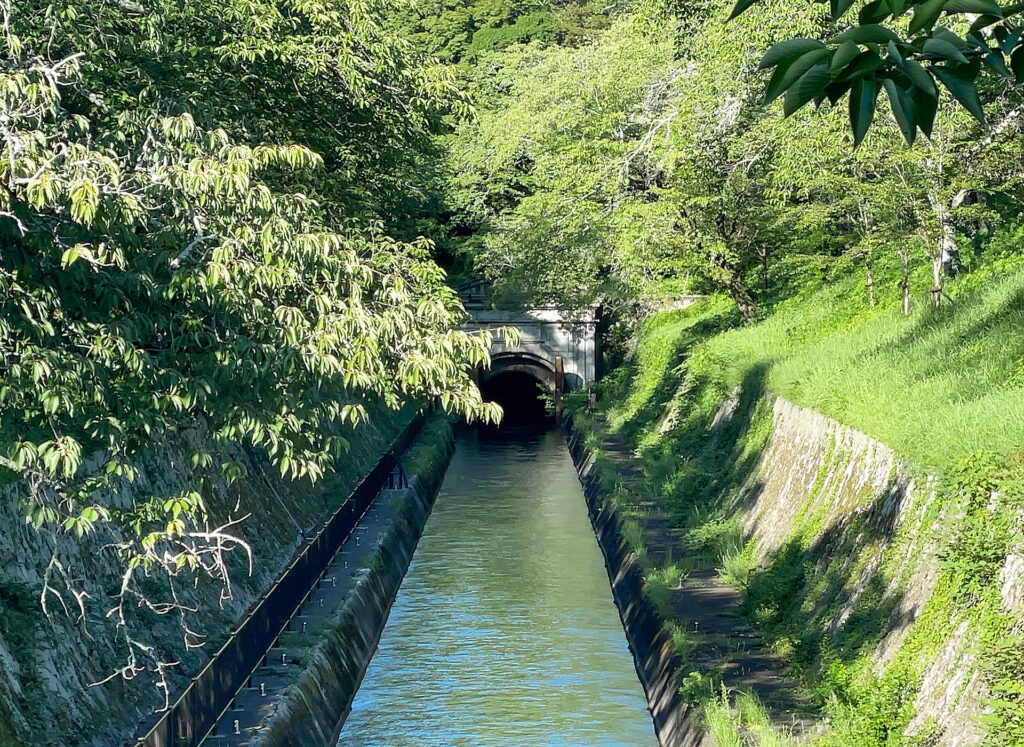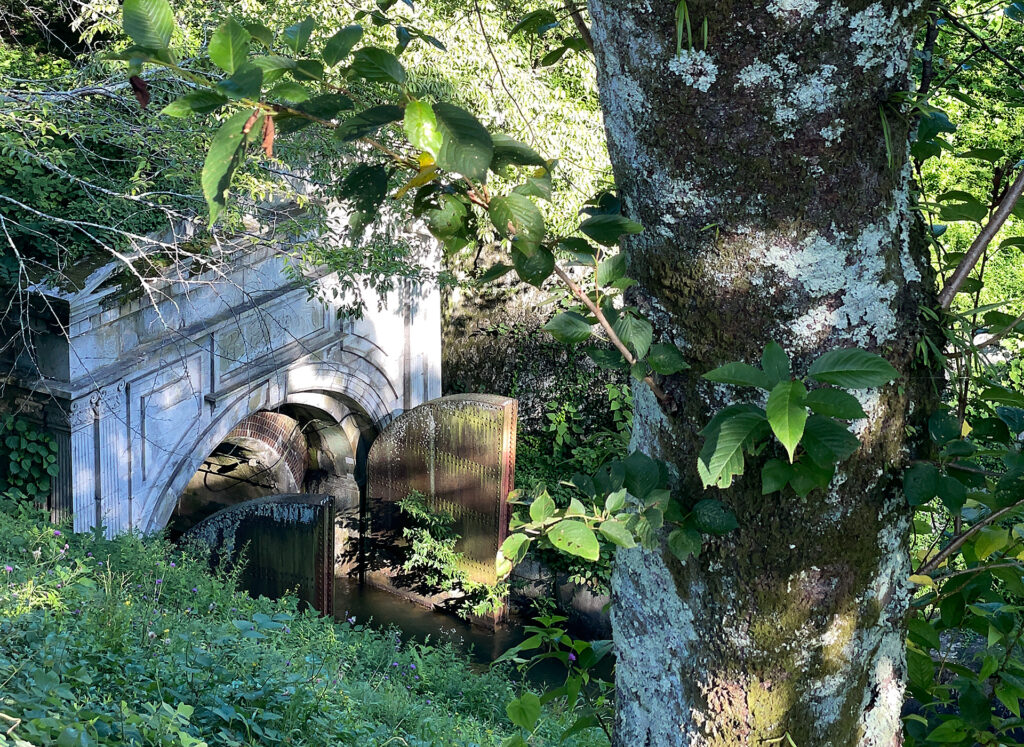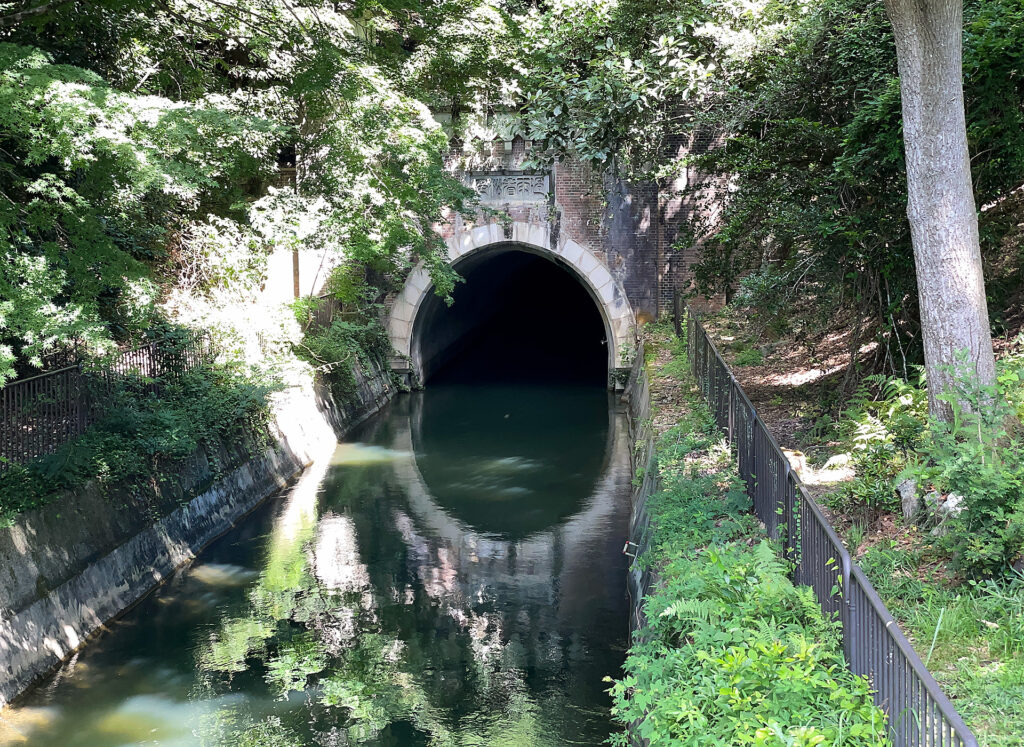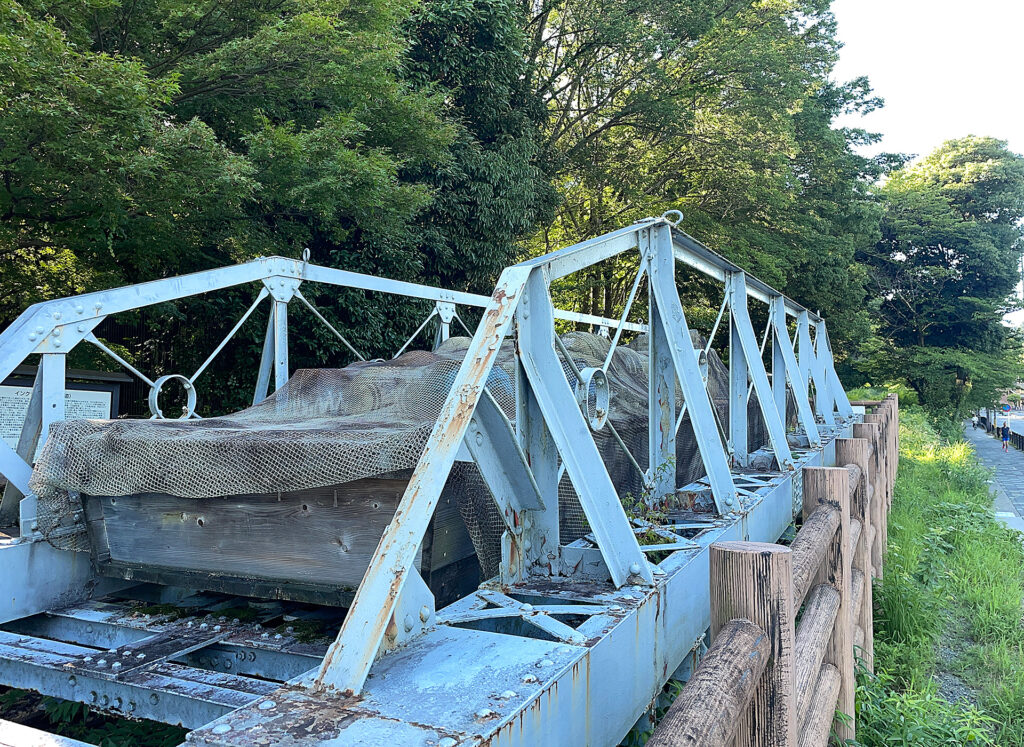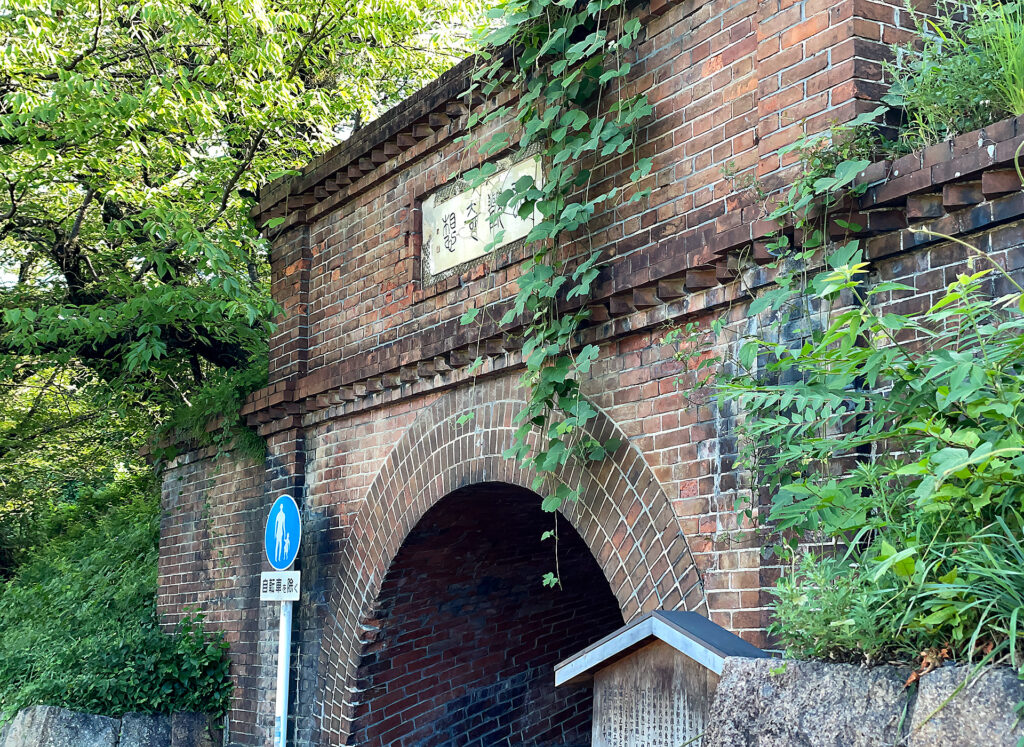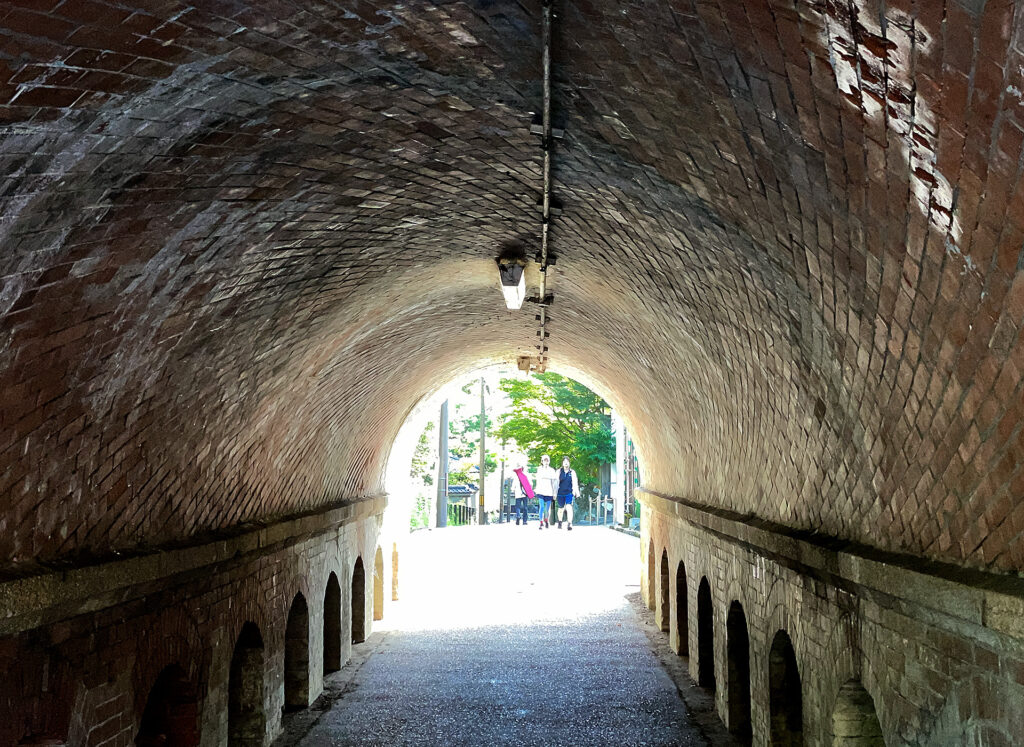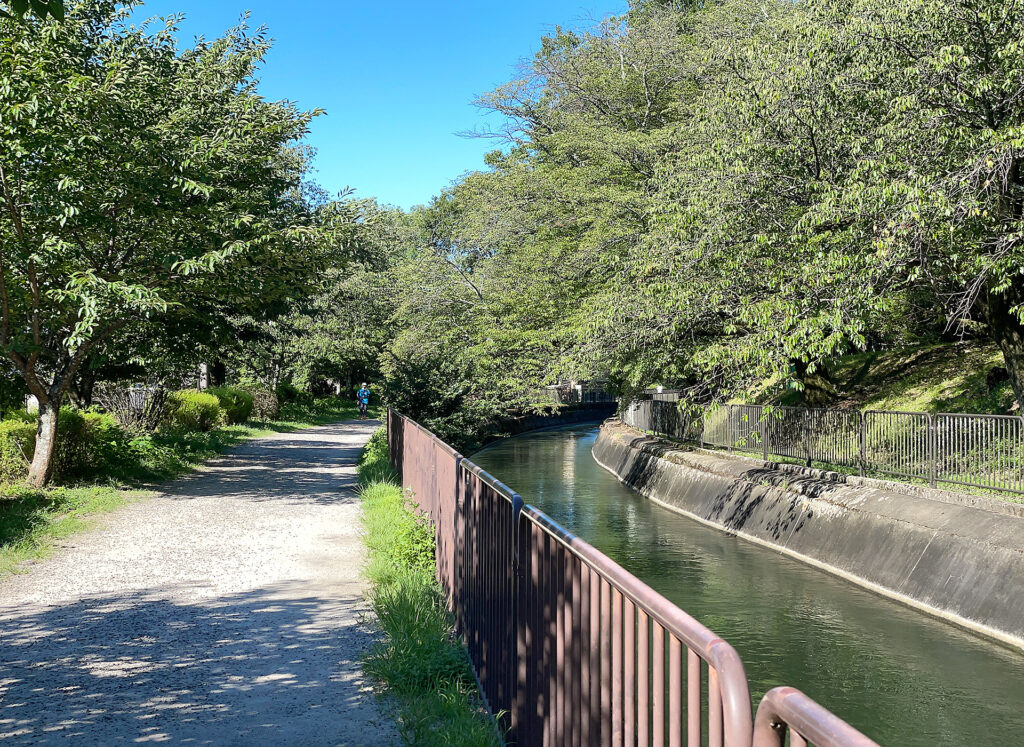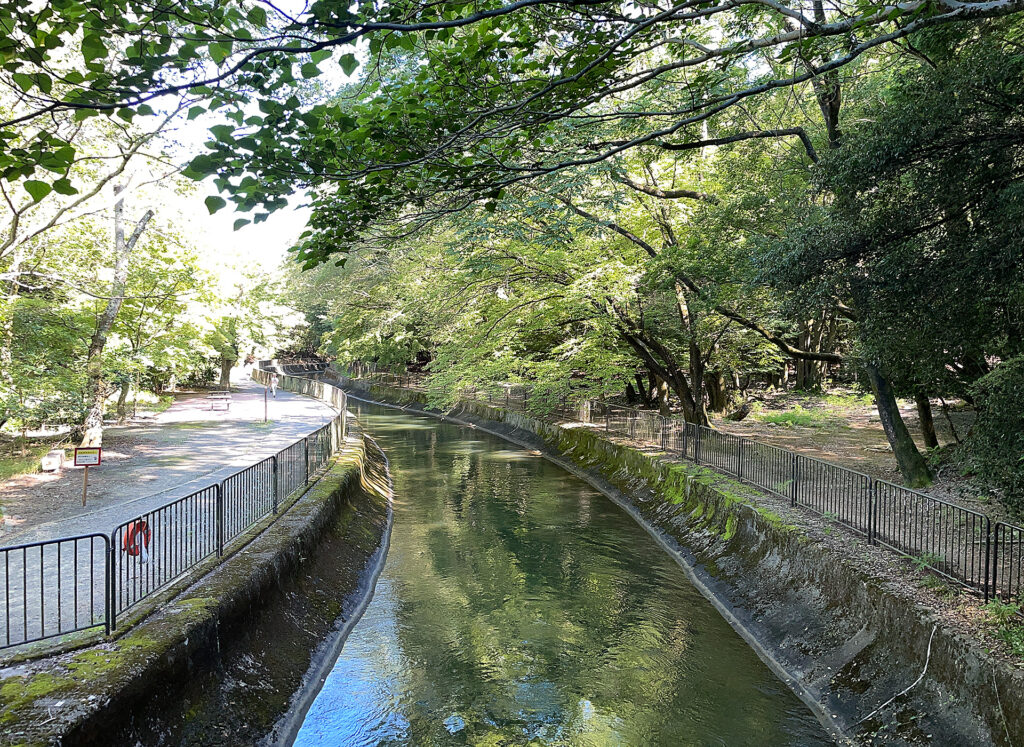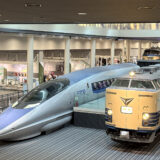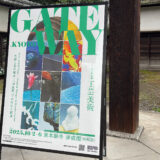Nestled between Kyoto’s ancient temples and modern cityscapes lies a remarkable feat of Meiji-era engineering—the Lake Biwa Canal1 (Biwako Sosui). Recently designated as a National Treasure2 and Important Cultural Property3, this historic waterway not only transformed Kyoto’s industry and daily life but also now offers one of the most scenic and culturally rich walking trails in the city.

A Vision from the Meiji Era
Constructed between 1885 and 1890, the Lake Biwa Canal was born out of necessity. After Kyoto lost its political prominence to Tokyo during the Meiji Restoration, city leaders sought new ways to revitalize the region. Their solution: a bold plan to channel water from Lake Biwa—Japan’s largest freshwater lake—through a series of tunnels and canals into the heart of Kyoto.
The canal brought with it a lifeline. It provided irrigation, drinking water, industrial energy, and transportation. Most notably, it powered Japan’s first hydroelectric plant, helping to usher in the era of modern industry in the Kansai region.
The “Sosui Walk そすいさんぽ ”: A Journey Through History and Nature
Today, visitors can enjoy the “Sosui Sanpo” walking course4—a picturesque route that follows the canal from its entry point in the eastern mountains of Kyoto down toward the city center. Along the way, the path is punctuated with stunning views, historic structures, and charming natural scenery.
Here are some must-see highlights you’ll encounter along the trail:
• Daiichi Zui-dō Entrance (第1隧道入口): The mouth of the first tunnel, where the water begins its journey underground. A true gateway into Meiji innovation.
• Daiichi Tatekō (第1竪坑): A vertical shaft used for construction and ventilation, offering a glimpse into the challenges of 19th-century engineering.
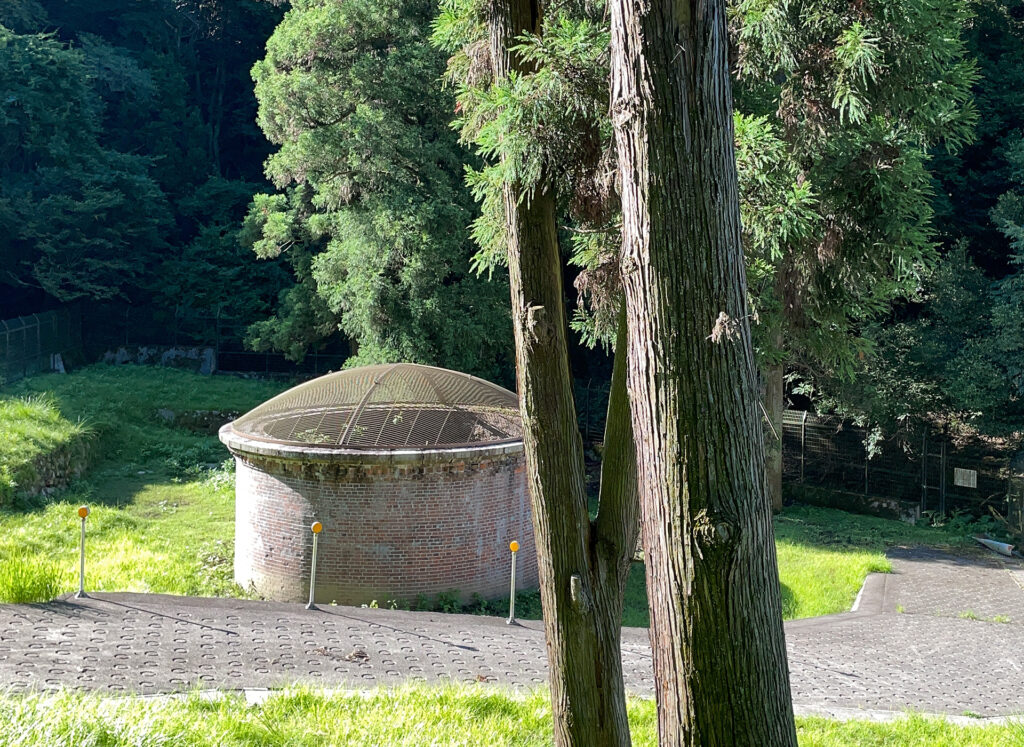
• Daini and Daisan Zui-dō (第2・第3隧道): Further along the trail, these tunnels mark key points where the canal reemerges from underground.
• The Incline (インクライン): Once used to transport boats up and down the slope via rail and winch, this is now a beautiful sloped path lined with cherry trees.
• Keage Boat Basin (蹴上船溜): A tranquil area where boats would once pause before entering the incline.
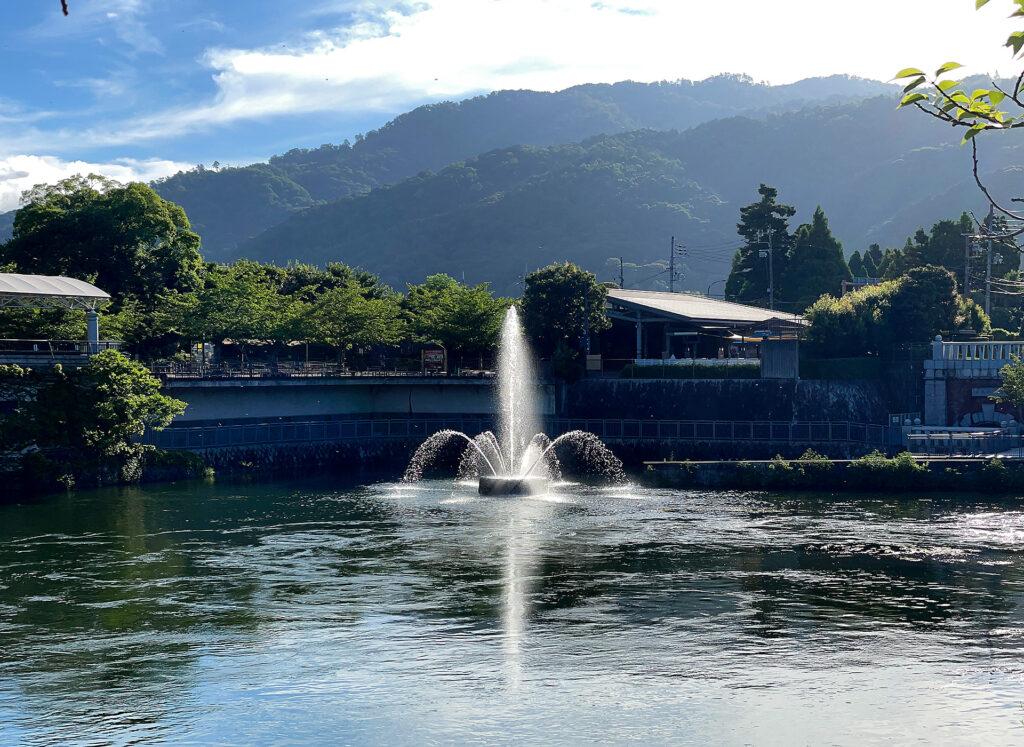
• Nejiri Manpo (ねじりまんぽ): A twisted brick tunnel that combines architectural whimsy with function. A favorite among photographers.
• Nanzenji Suirokaku (南禅寺水路閣): An iconic Roman-style aqueduct running through the Nanzen-ji Temple5 grounds. Both sacred and industrial, this is a true symbol of Kyoto’s dual heritage.

• Lake Biwa Canal Museum (琵琶湖疏水記念館)6: Learn more about the canal’s history, construction, and impact at this small but insightful museum.
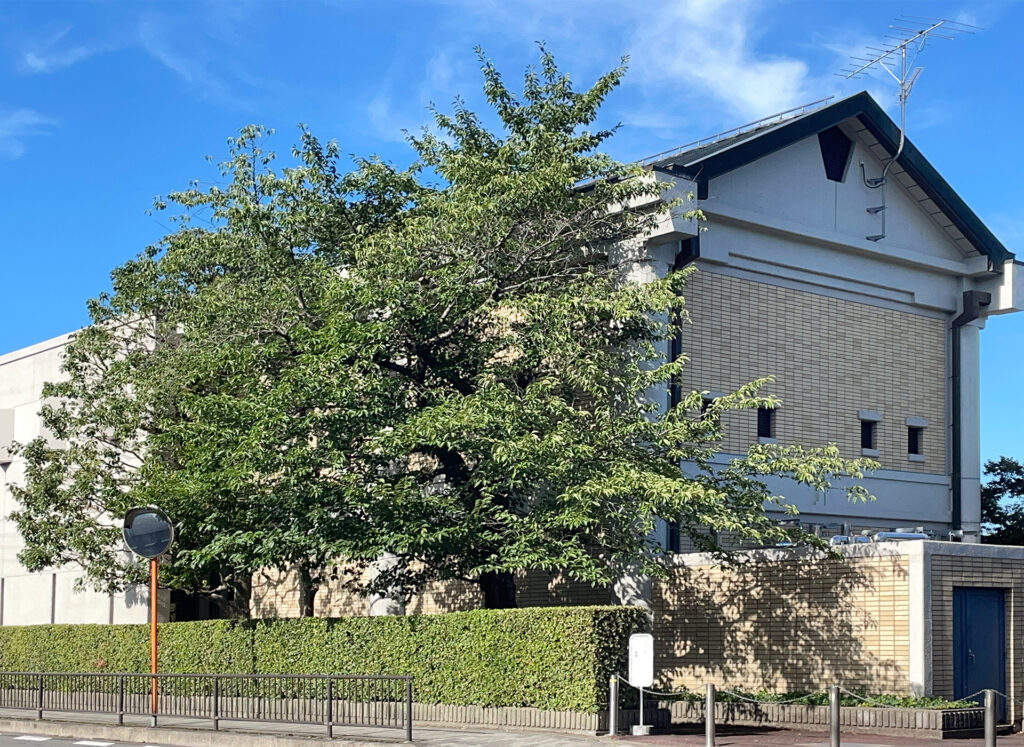
• Ebisugawa Hydroelectric Station (夷川発電所): Still in use today, this is one of the earliest hydroelectric stations in Japan.
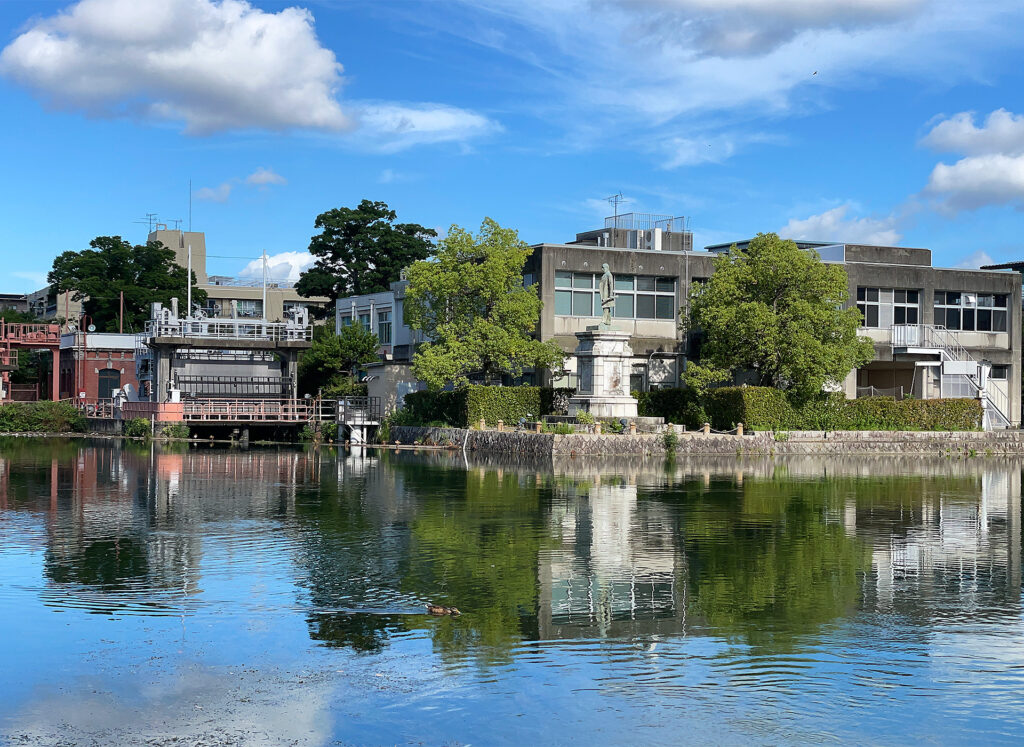
• Pathside Views: The entire walk is filled with charming moments—streams beneath stone bridges, seasonal flowers, birdsong, and glimpses of daily life.
Why Visit the Lake Biwa Canal?
- A Cultural Crossroads: Few places embody Kyoto’s blending of nature, technology, and spirituality as clearly as the Biwako Sosui.
- Photographer’s Paradise: From the twisting brickwork of Nejiri Manpo to the grandeur of the Suirokaku aqueduct, the entire trail is a visual delight.
- A Hidden Gem: Although less well-known than Kyoto’s famous temples, the canal walk offers serenity, local charm, and profound historical insight.
Getting There
The starting point of the “Sosui Sanpo” (Lake Biwa Canal Walk) is near Mii-dera Station7 on the Keihan Ishiyama Sakamoto Line in Ōtsu, Shiga Prefecture.
From here, the path follows the canal as it flows from Lake Biwa into Kyoto, offering a rich journey through engineering and cultural history.
For a shorter walk focused on Kyoto’s highlights, you may also begin near Keage Station8 on the Kyoto Subway Tozai Line. This area features major attractions, including the Keage Incline and Nanzen-ji’s Suirokaku Aqueduct.
Tips for Visitors
- Wear comfortable walking shoes.
- Spring and autumn are especially scenic, with cherry blossoms in the spring and fall foliage in the fall.
- Don’t miss the Lake Biwa Canal Museum for added context.
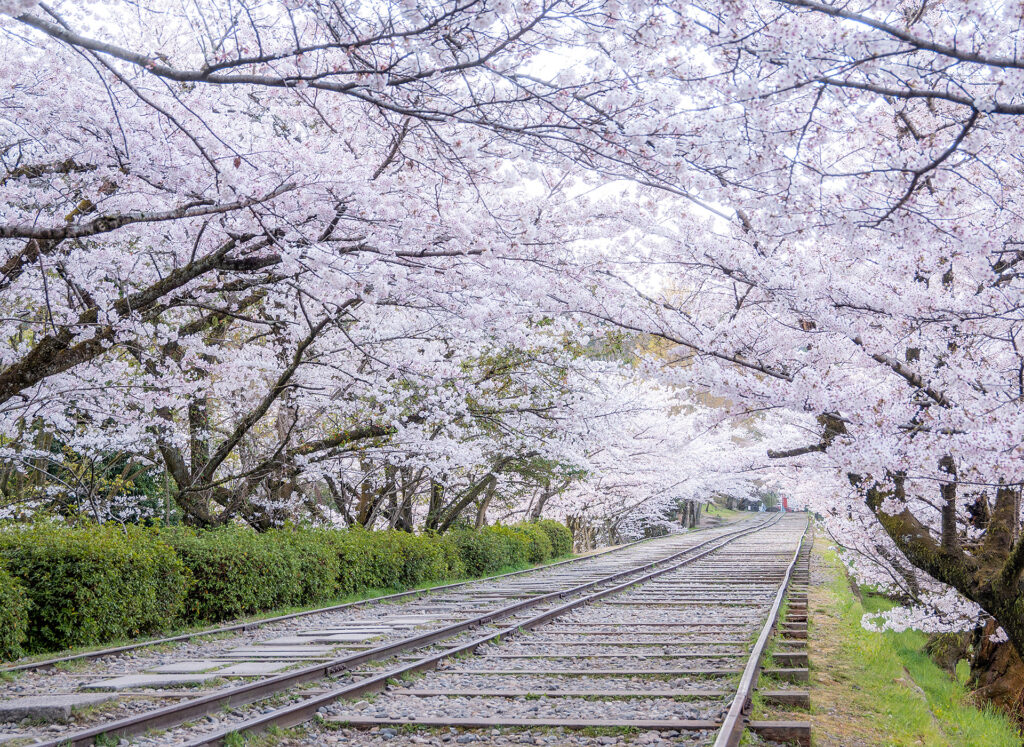
LS Photo Life / PIXTA
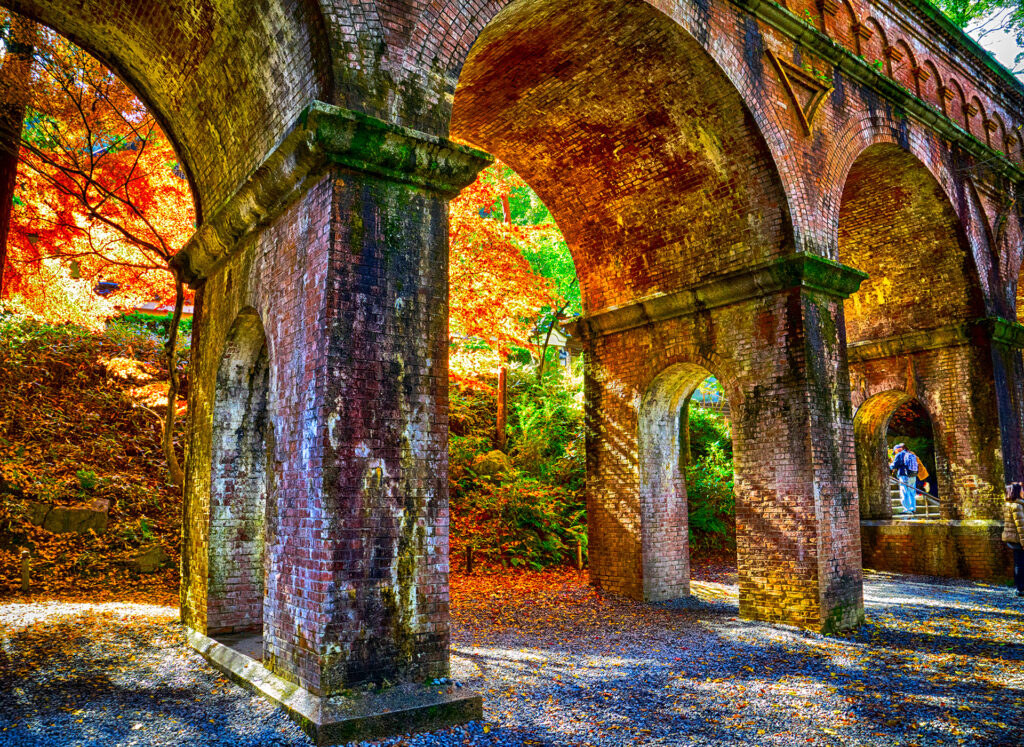
Explore Kyoto beyond the guidebooks. Let the gentle flow of the Lake Biwa Canal lead you through time, tradition, and tranquility.
Footnote
- https://en.wikipedia.org/wiki/Lake_Biwa_Canal ↩︎
- https://en.wikipedia.org/wiki/National_Treasure_(Japan) ↩︎
- https://en.wikipedia.org/wiki/Important_Cultural_Property_(Japan) ↩︎
- https://biwakososui.city.kyoto.lg.jp/shared/original/e59c23c034c3c6dde0e1c7abf71b24e1.pdf ↩︎
- https://en.wikipedia.org/wiki/Nanzen-ji ↩︎
- https://biwakososui-museum.city.kyoto.lg.jp/en/ ↩︎
- https://en.wikipedia.org/wiki/Miidera_Station ↩︎
- https://en.wikipedia.org/wiki/Keage_Station ↩︎
